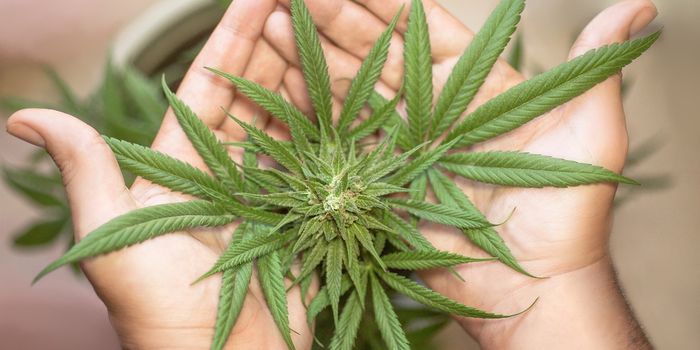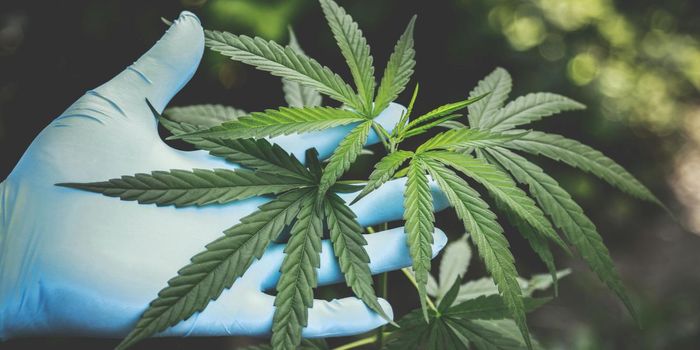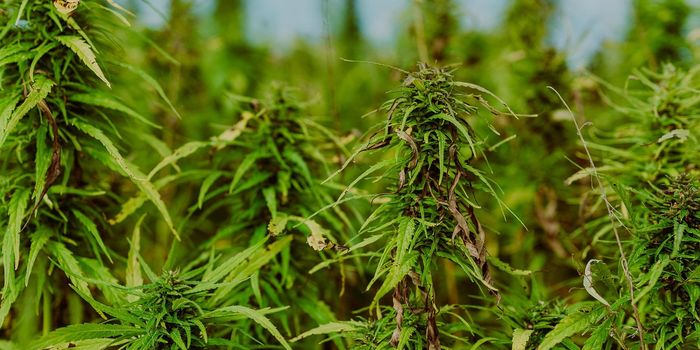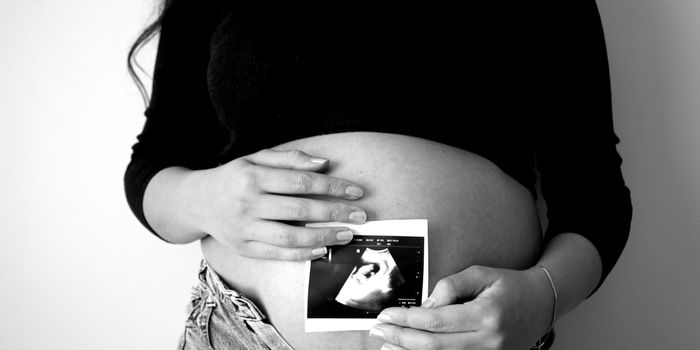Topical CBD Reverses UV-Induced Changes in Skin
Results from a new study published in Nature’s Scientific Reports suggest that topical application of cannabidiol (CBD) may serve as an effective treatment against systemic UV-induced oxidative stress.
Researchers within the study initially sought out to elucidate the proteomic changes associated with chronic UVA/UVB skin irradiation. Using this information for comparison, they conducted further analyses to investigate the effect of topical CBD application on these proteomic changes.
For the experiments, nude male rats were treated for four weeks with varying timed dosages of either UVA or UVB radiation followed by topical treatment with hydrophilic petroleum jelly either with or without CBD (three control groups; three experimental groups). The team chose which UVA/UVB radiation dosages to utilize based on the standards employed in human skin disease phototherapy. All rats received petroleum jelly treatment in an attempt to curtail the impact of variable external factors on metabolic alterations in animal skin.
Following treatment, blood plasma proteins isolated from the rats were separated with varying timed dosages using SDS-PAGE followed by Coomassie staining for protein visualization. Sections of the gel containing separated proteins of similar molecular weight were pooled for liquid chromatography-tandem mass spectrometry (LC-MS/MS) proteomic analyses.
The proteomic analyses revealed that UVA/UVB radiation and CBD treatment significantly altered the expression levels of several notable anti-inflammatory and signaling proteins, such as NFκB inhibitor, 14-3-3 protein, protein kinase C (PKC), keratin, and protein S100. Abhorrent expression of these proteins has been linked to a number of disease pathologies.
While UVA/UVB treatment generally increased keratin and S100 protein concentrations, the addition of CBD treatment following radiation appeared to (significantly and partially, respectively) counteract these UV-induced increases in the UVB-treated rats. Decreased expression of NFκB inhibitor (NFKBIL2), 14-3-3 protein, and PKC was also observed following UVA/UVB radiation. Similarly, CBD treatment appeared to alleviate these UV-induced decreases.
Through further investigation, the authors concluded that CBD is able to penetrate the bloodstream via topical application. Taken collectively, the data from these experiments propose that CBD may serve as a systemic antioxidant against UV-induced environmental stressors.
Sources: Nature’s Scientific Reports









